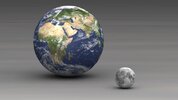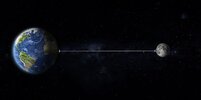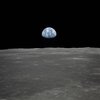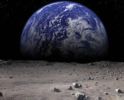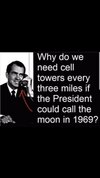- Oct 20, 2014
- 18,398
- 19,528
- AFL Club
- Hawthorn
- Other Teams
- Liverpool
I nearly s**t myselfI don’t have an opinion if the moon landing was fake or not but a lot of the development of trips and technology to space was a pissing contest out of fear between the USA and Russia as part of the Cold War. But a video for the conspiracists
View attachment 1511334
for the conspiracists





